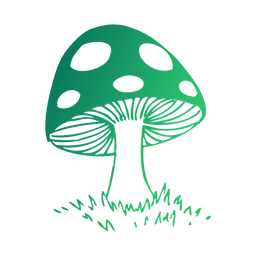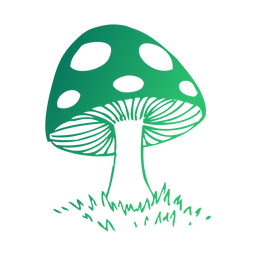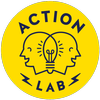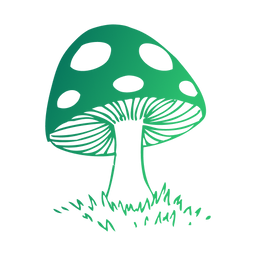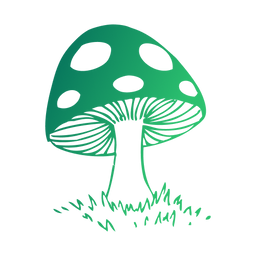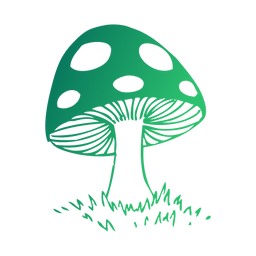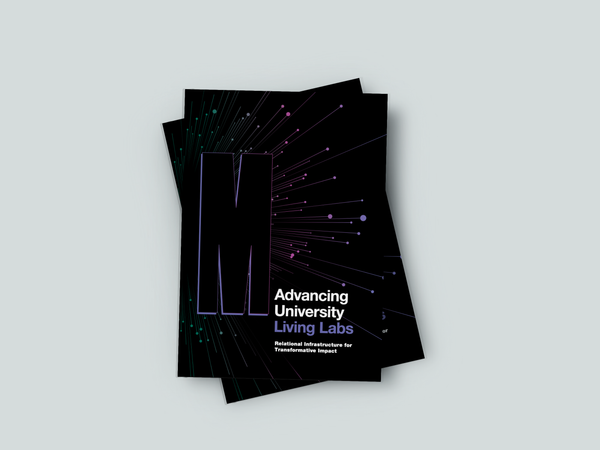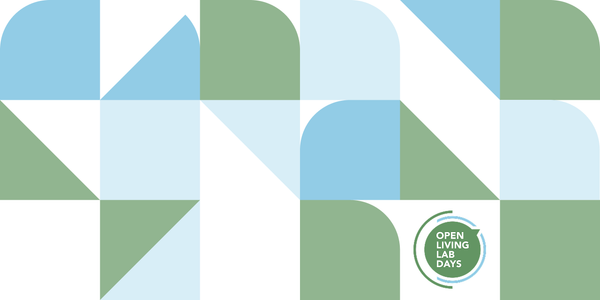The Future of Labs - Part 4: The Language of Labs
Most people have never experienced a social innovation lab, so how do we talk to these people about what they do and why they're useful?

Future of Labs produced knowledge artifacts to help local, national and social innovation lab practitioners around the world to strengthen their practices as well as help funders and enablers of lab practice to better evaluate lab proposals.
In my previous posrt, I shared the final report from the 2024 Gathering, along with some initial reflections about the findings. You can read that here:
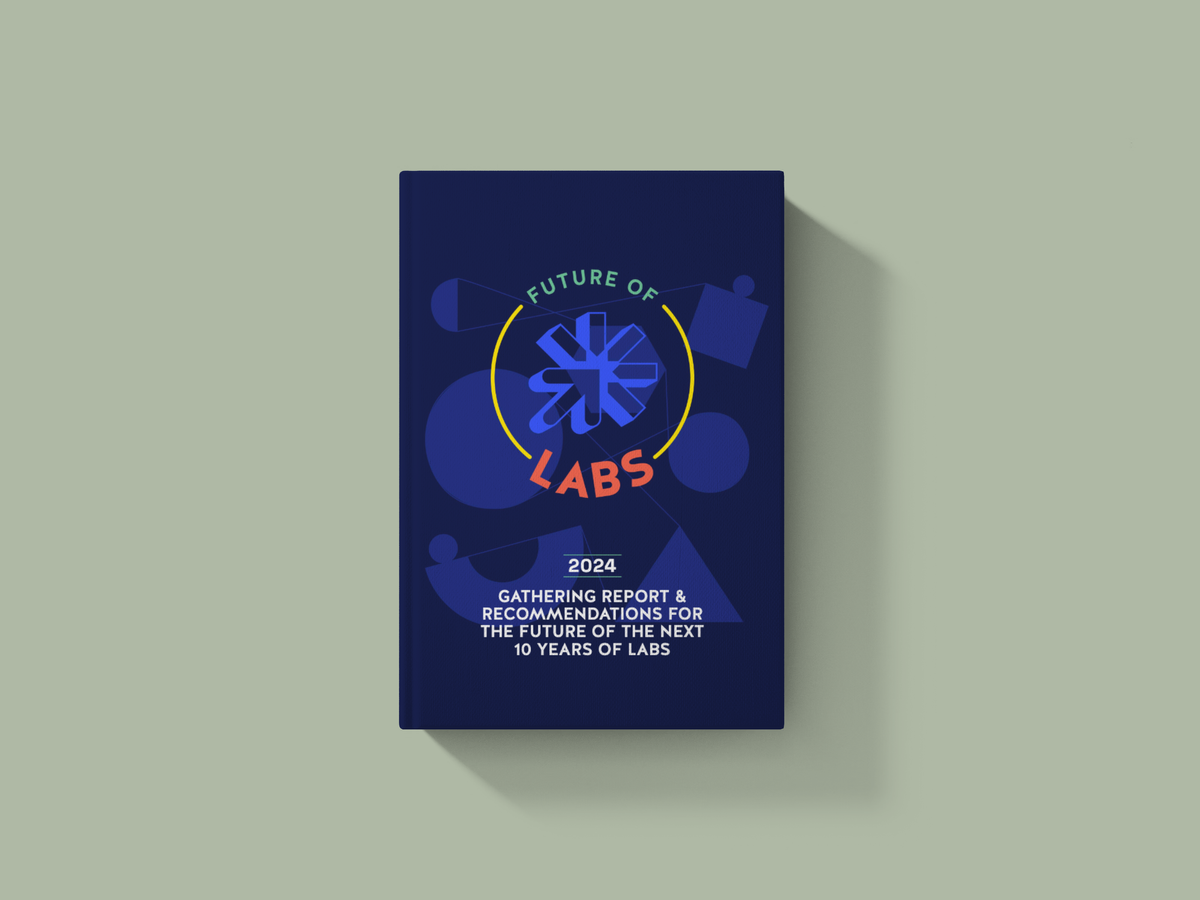
I wanted to write a follow up post about one of the elements which I didn't pick up on in that post, which was called out in the back half of the report.
The Language of Labs
Throughout the findings sections (p22-27, p38-39) and in the 'Where To Next' section (p55), there's a sense that there is still a need to coalesce around shared language and value propositions to continue to build the coherence of the social innovation labs field.
As I mentioned in my first post (Part 1: Foundations) I have been interested by the parallels yet also the separation between the development of social innovation labs and living labs. To this end, I am going to spend some of this post drawing across some of the notions from the living lab field to bridge to advance the social innovation field.
Lab as a....
One tension that seemed to exist was whether we're talking about the lab as a place, an organisation or network, a process, an ecosystem of activities, or something else.
What the Living Lab field has to say:
- In 2015, Dmitry Schuurman proposed a way to address this, in saying that living labs operate at a number levels - micro, meso and macro [1].
- Living Lab Organisations / Constellations - macro
- Living Lab Projects - meso
- Living Lab Research - micro
Adapted for Social Innovation Labs this could look like:
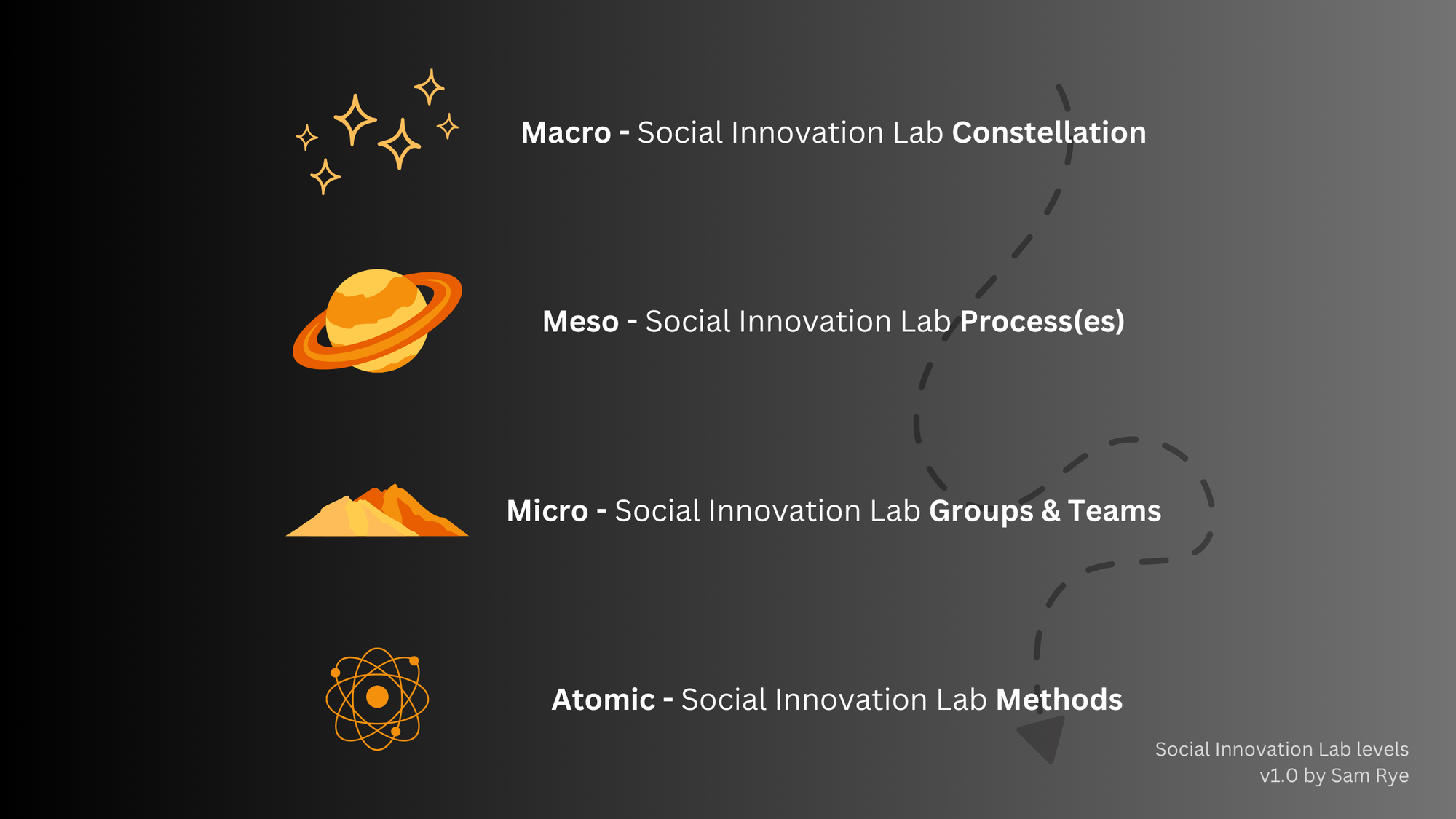
✨ Social Innovation Lab Constellations and Organisations - macro
The organisation, network or alliance which serves as the vehicle to establish, coordinate, orchestrate, lead and sustain the social innovation lab.
🪐 Social Innovation Lab Process(es) or Cycles - meso
The overarching process or series of processes which seek to align, explore, illuminate systems, connect action, experiment, incubate, and/or seek impact pathways for activities and initiatives developed in the lab.
⛰️ Social Innovation Lab Clusters / Action Groups / Teams / Experiments / Activities - micro
The smaller units of activity (dependent on the lab design) which may be the tangible groupings which develop the initiatives, recommendations or otherwise within the lab.
⚛️ Social Innovation Lab Methods - atomic
The collection of methods and tools which are used in the social innovation lab to support people to take action together, develop responses and advance change. These methods may be developed for and used at all levels - such as relational approaches which build trust and invite reflection, designerly approaches to exploring and giving forms to different ideas, nature connection activities, or any other method brought into the lab.
Plain language description
In the report (p22 and p46-47) there is also an iteration of the definition of social innovation labs which aimed to be a cohesive description which most lab practitioners agreed on. It goes like:
Social Innovation Labs hold space for diverse change-makers to sense-make, generate, develop, and test a portfolio of promising solutions to address complex societal challenges in a way that is collaborative, experimental, iterative and systemic.
Whilst it's no mean feat to get to a dictionary-style definition like this, which most of a 65+ cohort agrees with, it is also written by practitioners for practitioners. This means almost every word in there is code or a signal - something which is meaningful if you've taken part in these kinds of (sometimes transformative) journeys before, but if you haven't - it's almost like speaking a lab klingon language.
So I'm left pondering what would a plain language version of this look like? Something which is a bit more friendly and accessible for anyone, whilst acknowledging the craft and challenge of building and sustaining a lab over time. Perhaps it is something like:
Social Innovation Labs bring people together to understand a challenge, come up with a range of ideas, try them out and explore how to turn those ideas into real change.
The goal is build trust and relationships and develop, learn & adapt a range of responses to the challenge over time.
Types of labs
I touched on this a little in the last post at the end - pondering if some kind of a multi-dimensional spectrum or typology might be useful to further segment or characterise the diversity of lab approaches to see them as a landscape of different and complementary modes to tackle change. Much like not all technical or scientific labs operate at the same stage of the discovery-to-impact spectrum, or function using the same methods - in my mind, social (innovation) labs shouldn't have a singular agreed emthodology or model.
I feel like this would better support the investigation and different value proposition development of social innovation labs (as per identified in the report, p31-32, p50).
What does the living lab field have to say?
Again, living labs have also grappled with this, and there are various typologies in the literature, such as a 2013 one from Schuurman et al [2] in conjunction with the European Network of Living Labs (ENoLL):
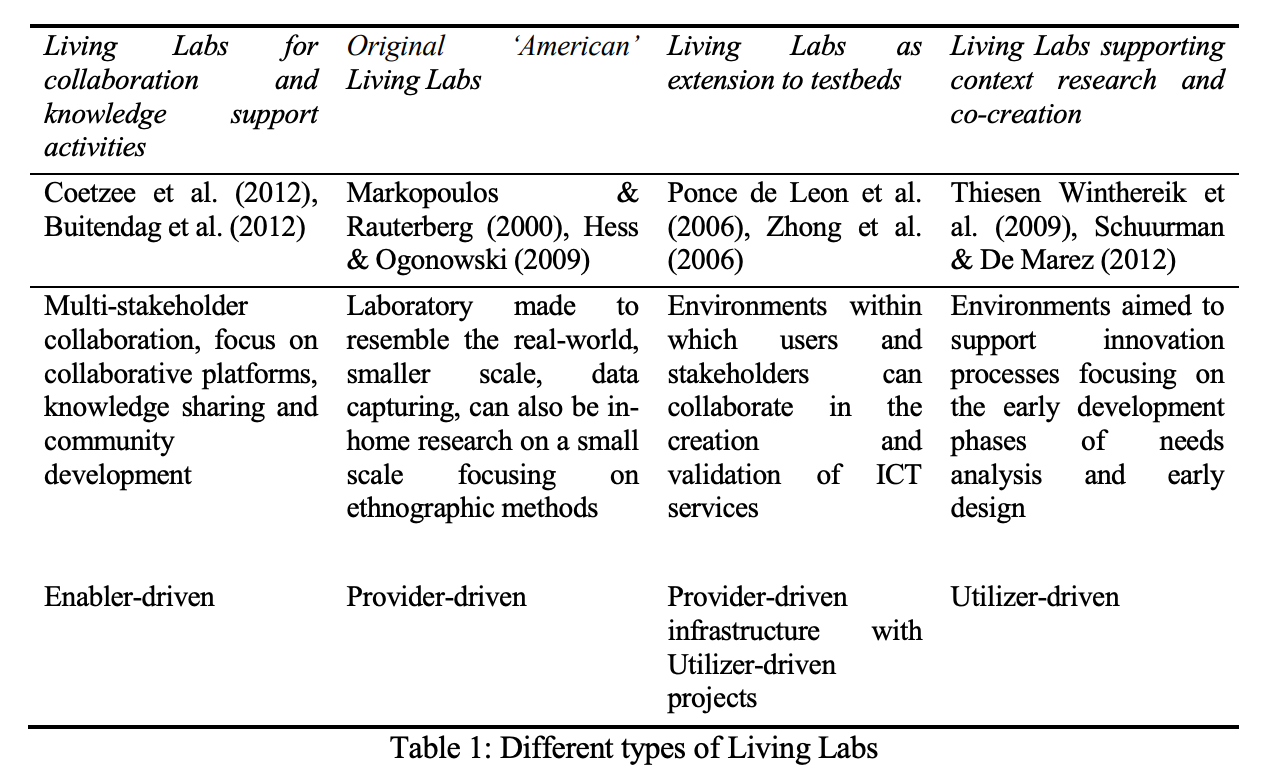
Adapting this for social innovation labs:
This is a harder piece of work than for myself alone (perhaps this is something the folks at WISIR or elsewhere might be already working on), however I have been working on a slightly updated typology in a report which is in late stages of development. To avoid doubling up on this one, I wonder if there are specific characteristics which social innovation lab practitioners feel shape a lab to give it a personality different from the next lab?
Perhaps it might be something about:
- The weighting towards place-based or systemicly focused? (e.g. is it primarily focused on the housing crisis in a region or nation, or the interconnected systems in a particular city or region?)
- The degree to which relational approaches or decolonial practices are needed to address the dynamics of an existing system, versus developing new initiatives which try to develop new products, services or policies to develop alternative systems
- Potential for development of outward facing artefacts such as storytelling media, systems visualisations, or arts-based creative work like murals, theatre performances or festivals.
- The degree of focus on incubating and scaling initiatives or recommendations, potentially with pre-defined pathways for impact - such as national or state-based indigenous reconciliation bodies.
Essentially I think there needs to be more discussions about the context which has led to specific decisions being made about the design and development of different levels of the Lab (macro, meso, micro, atomic), and why those decisions were made. I think this will be a much richer conversation than talking abstractly about social innovation labs.
(Macro) Lab forms...
Finally I wanted to nod to another post I wrote recently which is a deeper dive into the Macro aspect of Labs, i.e. the forms they take when they're working at the intersection of different organisations and systems.
The article, "Ecotone Organising", also starts to explore the meso layer of this way of working beyond just a Lab framing. You can read it here:

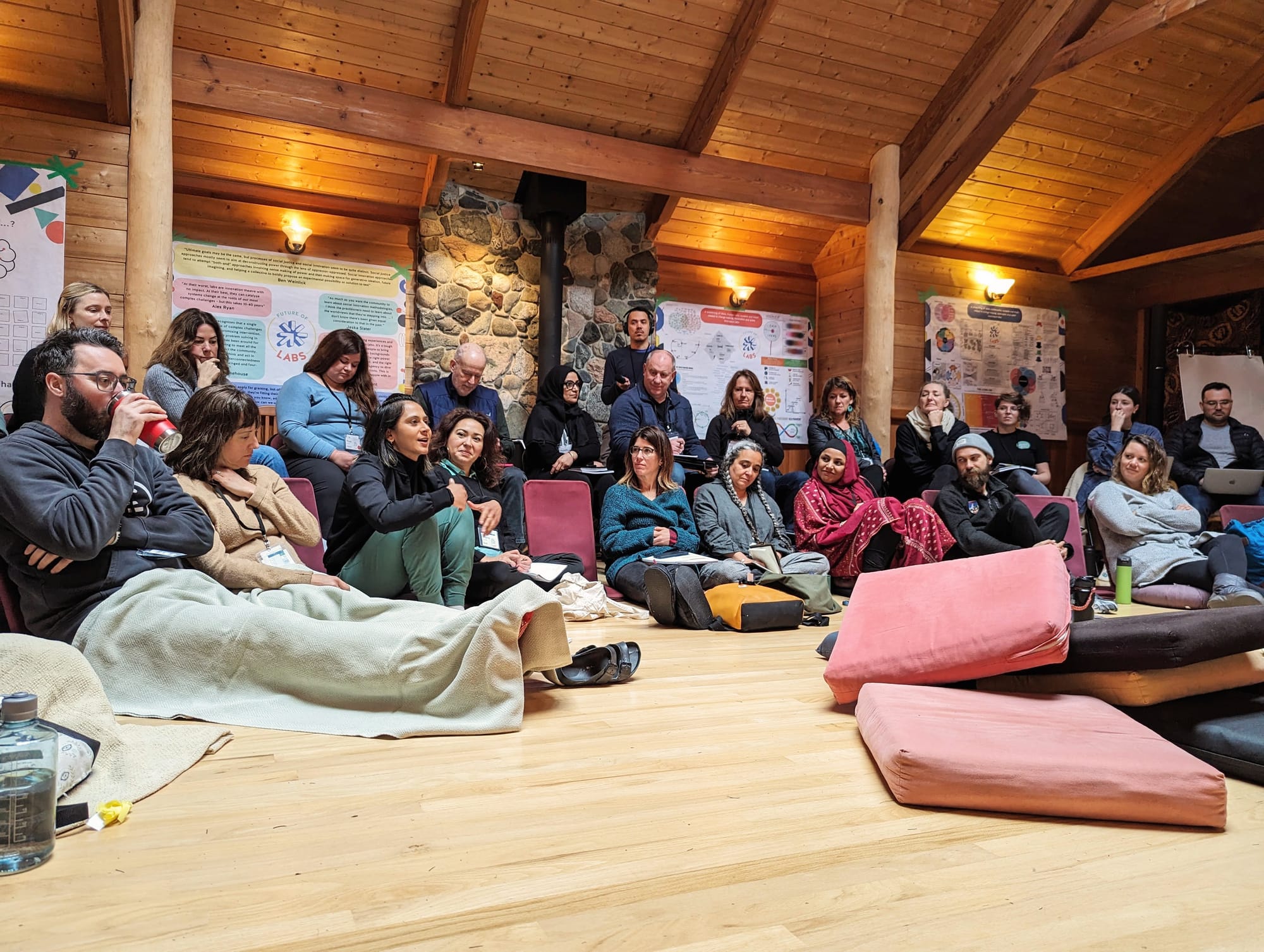
The Series
This is the 4th part of a series about the Future of Labs Gathering I was part of in May 2024, in BC Canada. Find out more about the Gathering here:
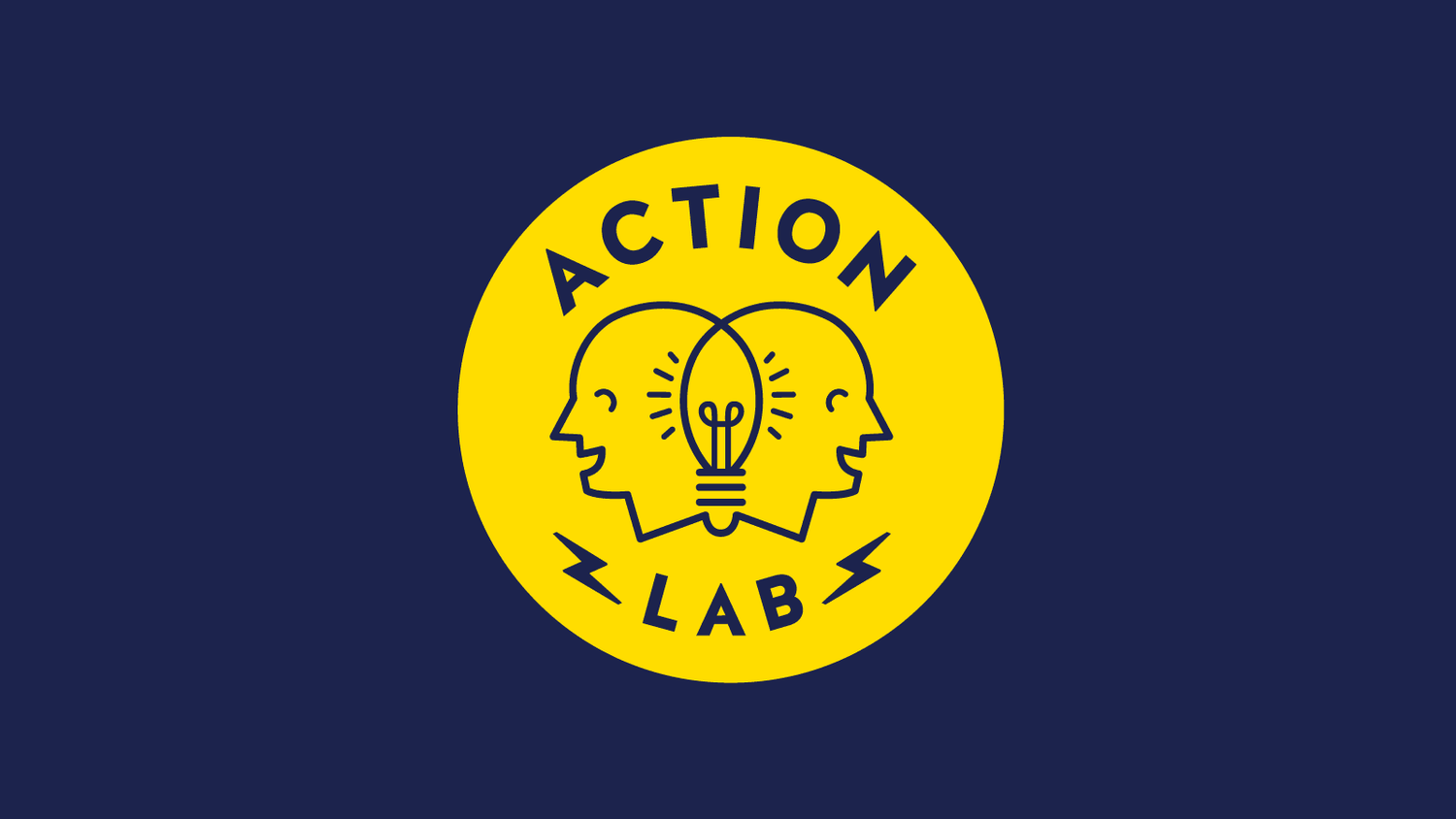
If you haven't already, you might like to read:

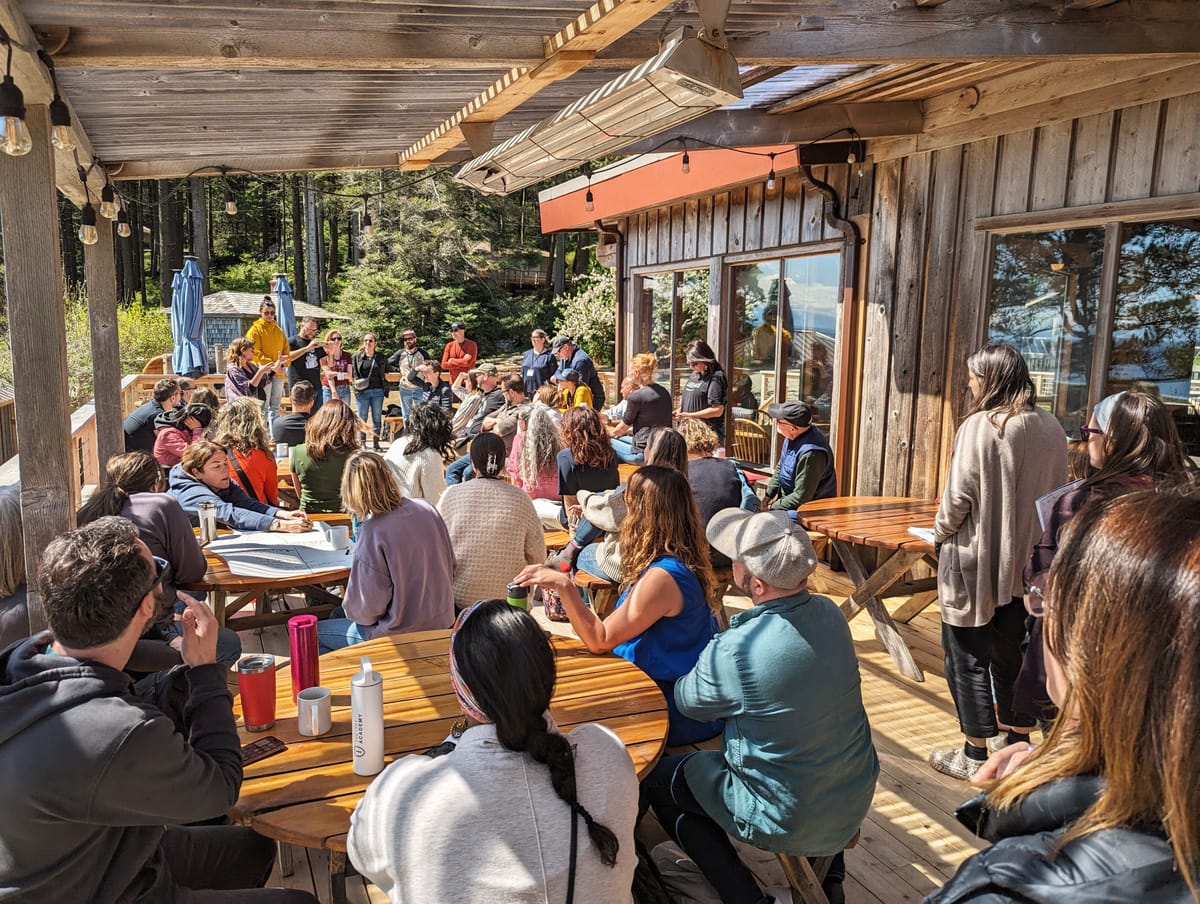
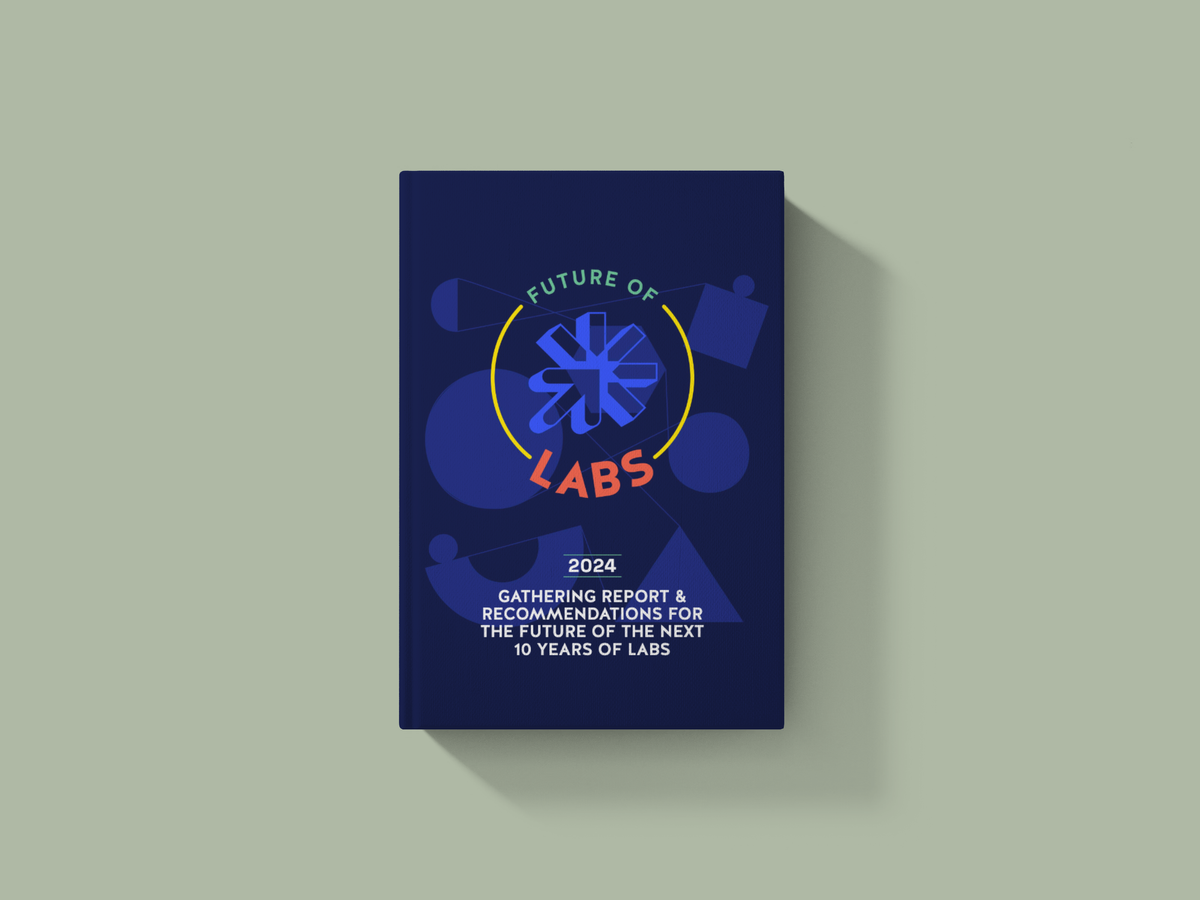
Acknowledgements
Deep thanks to Social Innovation Canada & Monash Sustainable Development Institute for making my participation possible.
Many thanks to all the organisations and people who made Future of Labs happen, including Action Lab, Social Innovation Canada & Suncor Foundation.
References
[1] Schuurman, D. (2015). Bridging the gap between Open and User Innovation? : exploring the value of Living Labs as a means to structure user contribution and manage distributed innovation. Ghent University. Faculty of Political and Social Sciences ; Vrije Universiteit Brussel. Faculty of Economic and Social Sciences, Ghent ; Brussels, Belgium.
[2] Schuurman, Dimitri & Mahr, Dominik & Marez, Lieven & Ballon, Pieter. (2013). A fourfold typology of living labs: an empirical investigation amongst the ENoLL community. ICE & IEEE-ITMC- ldots.


